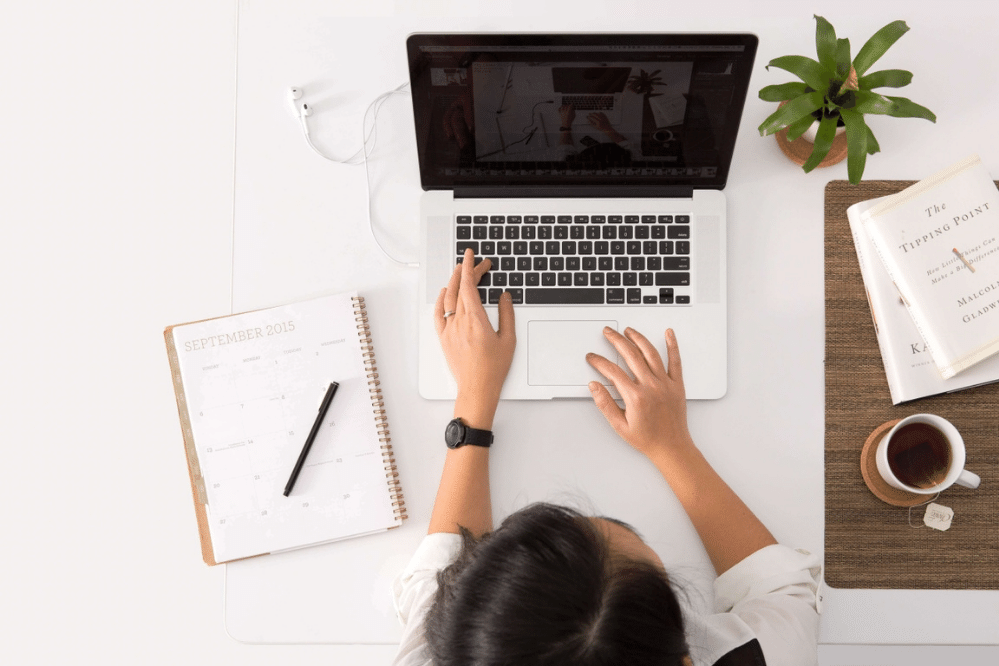Contents
- 1 Understanding the Power of Better Study Techniques
- 2 The Importance of Active Learning
- 3 Spaced Repetition: The Science of Long-Term Memory
- 4 The Role of Environment in Studying Better
- 5 Taking Notes the Smart Way
- 6 The Power of Self-Testing
- 7 Balancing Study and Rest
- 8 Using Technology Wisely
- 9 Staying Motivated and Consistent
Understanding the Power of Better Study Techniques
Everyone has their own way of studying, but not all methods are equally effective. Some students spend hours reading notes without really remembering much, while others seem to grasp concepts quickly and retain them longer. The secret often lies in applying Better Study Techniques that help you learn efficiently and with less stress.
Better Study Techniques are not about studying harder or longer; they’re about studying smarter. By using proven methods like active recall, spaced repetition, and good time management, you can make learning more engaging and effective. Whether you’re a high school student, a college learner, or a lifelong learner, mastering these strategies can make a big difference in your academic and personal growth.
The Importance of Active Learning
One of the most powerful Better Study Techniques is active learning. Instead of just reading or highlighting information, active learning involves engaging directly with the material. You can do this by asking questions, summarizing concepts in your own words, or teaching the topic to someone else.
When you actively process what you learn, your brain builds stronger connections between ideas. This means you’re more likely to remember and understand the information deeply. A simple trick is to close your book after studying a chapter and try to explain the main points out loud. If you can teach it clearly, it means you truly understand it.
Read More: Understanding the Importance of Reduce Stress Daily
Good time management is at the heart of Better Study Techniques. Many students struggle not because the material is hard, but because they don’t organize their study time properly. Creating a consistent schedule helps your brain get into a rhythm, making it easier to focus and absorb information.
Try using the Pomodoro Technique: study for 25 minutes, then take a 5-minute break. After four sessions, take a longer 15- or 30-minute break. This method helps prevent burnout and keeps your mind fresh. With structured time blocks, you can study more efficiently and still have time for rest and hobbies.
Read More: Daily Sleep Tips: Simple Ways to Rest Better Every Night
Spaced Repetition: The Science of Long-Term Memory
If you’ve ever crammed the night before an exam, you probably noticed how quickly the information fades afterward. That’s where spaced repetition comes in a key part of Better Study Techniques. Instead of reviewing material once, you revisit it periodically over increasing intervals of time.
Apps like Anki or Quizlet make this method easy to follow. They use algorithms to show you the right information at the right time, just before you’re about to forget it. This strengthens your memory and helps you retain information for the long term. It’s one of the most efficient Better Study Techniques because it aligns with how the human brain naturally remembers things.
Read More: How to Strengthen Your Relationships Daily
The Role of Environment in Studying Better
Your study environment can have a huge impact on how well you learn. A noisy or cluttered space can make it harder to focus, while a calm and organized area can boost your productivity. When applying Better Study Techniques, make sure to choose a study spot with good lighting, minimal distractions, and comfortable seating.
Some people find it helpful to listen to instrumental music or ambient sounds while studying. Others prefer complete silence. The key is to find what works best for you. A consistent study environment tells your brain that it’s time to focus, which helps build strong study habits over time.
Read More: Better Sleep Quality: How to Wake Up Feeling Rested and Recharged
Taking Notes the Smart Way
Note-taking might sound simple, but it’s actually one of the most effective Better Study Techniques when done correctly. Instead of writing everything word-for-word, try summarizing the main points and using your own words. This forces you to process the information actively, which improves understanding.
The Cornell Note-Taking System is a great method to try. It divides your page into three sections: notes, cues, and summary. This layout helps organize your thoughts and makes reviewing easier later. Visual learners can also benefit from mind maps, which allow them to connect concepts in a more interactive and creative way.
The Power of Self-Testing
Testing yourself is one of the most underrated Better Study Techniques. Many students think quizzes are just for exams, but regular self-testing can drastically improve memory retention. When you recall information without looking at your notes, your brain strengthens the neural pathways associated with that knowledge.
You can create flashcards, take practice tests, or simply cover your notes and try to recall the key points. Even if you get things wrong, you’re still learning effectively because the act of retrieval itself boosts long-term memory.
Balancing Study and Rest
No matter how advanced your Better Study Techniques are, they won’t work well without enough rest. Sleep plays a crucial role in consolidating memory and improving focus. When you sleep, your brain organizes and stores what you’ve learned during the day.
In addition to good sleep, make sure to take short breaks between study sessions. Breaks help your mind reset and prevent mental fatigue. You can stretch, take a walk, or grab a snack. The goal is to keep your energy balanced so that studying feels enjoyable rather than exhausting.
Using Technology Wisely
Technology can either be a distraction or a powerful tool for Better Study Techniques, depending on how you use it. There are tons of apps designed to make learning more effective like Notion for organizing notes, Forest for staying focused, or Grammarly for improving writing.
However, it’s important to set boundaries. Turn off notifications during study time and avoid multitasking. Focus on one subject at a time to ensure that your brain absorbs information properly. With discipline, technology can become your greatest ally in mastering Better Study Techniques.
Staying Motivated and Consistent
Consistency is what turns Better Study Techniques into long-term habits. It’s easy to feel motivated at first, but maintaining that momentum can be challenging. Setting small, achievable goals can help you stay on track. Celebrate progress, no matter how small, to keep your confidence high.
It’s also helpful to remind yourself why you’re studying in the first place. Whether it’s to achieve academic success, build a career, or simply learn something new, having a clear purpose fuels motivation. Pair that with the right Better Study Techniques, and studying will feel less like a chore and more like an investment in yourself




